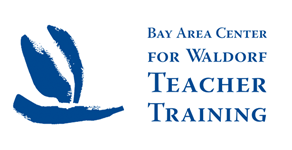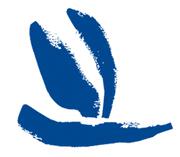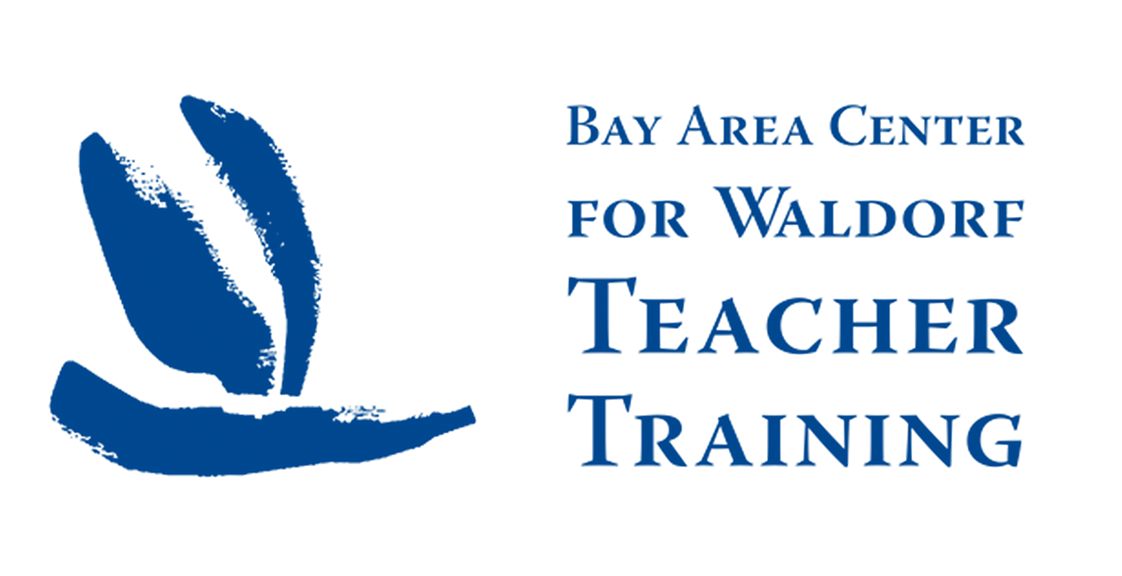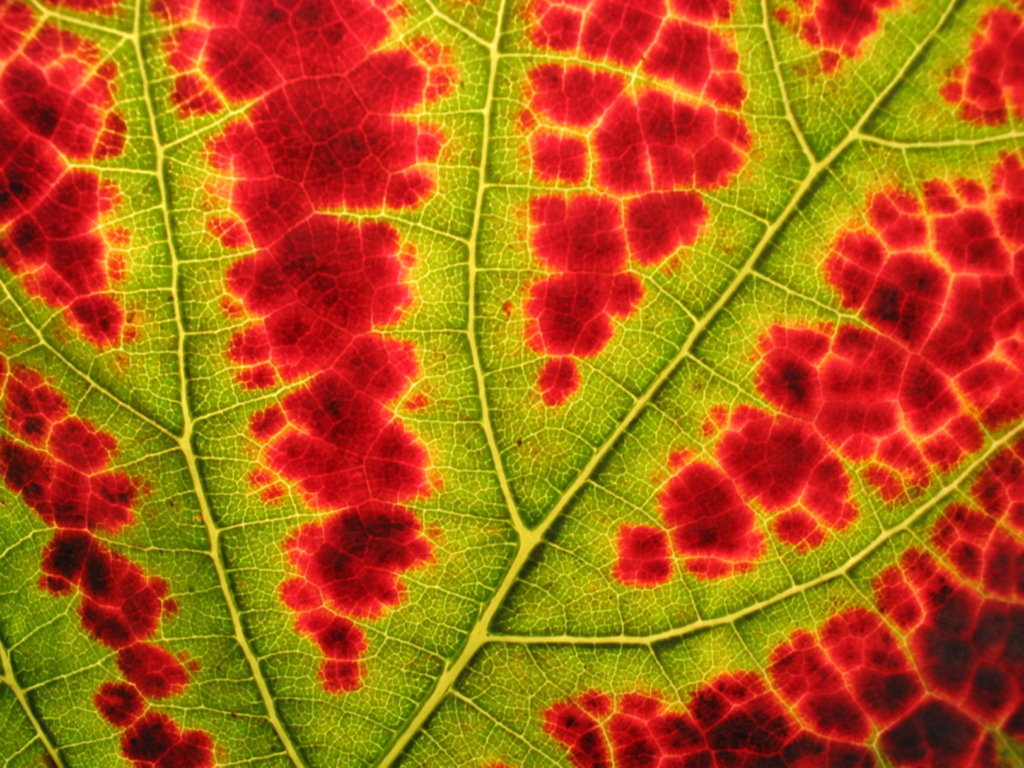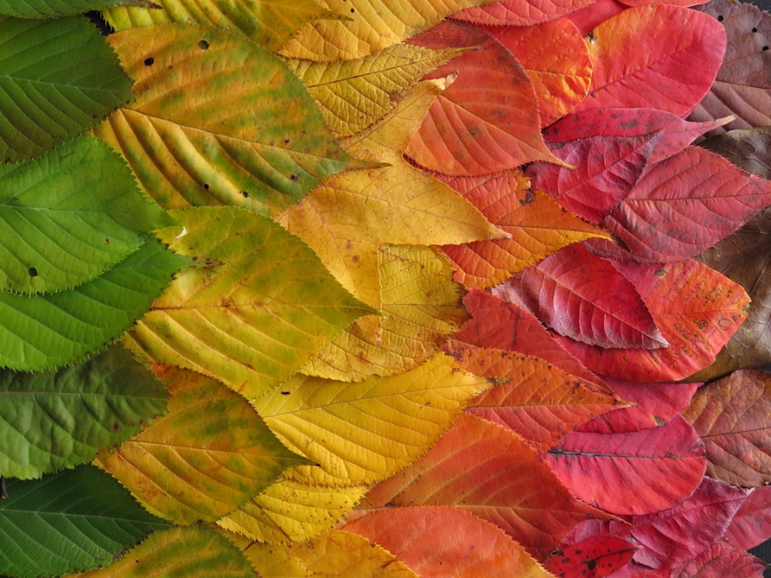Dear BACWTT Students, Alumni, Friends and Colleagues,
Here is the Calendar of the Soul, looking back over the past week. I have used a different English translation this week, which is on the RS Archive website:
Calendar of the Soul
Verse 28
English
I can, in newly quickened inner life,
Sense wide horizons in myself.
The force and radiance of my thought
Coming from soul’s sun power
Can solve the mysteries of life,
And grant fulfillment now to wishes
Whose wings have long been lamed by hope.
Mandarin
内在生命的复苏让“我”无限延展,
我的心被太阳的能量所照亮,
终于,
那些生命的奥秘得以揭示,
那些被妄念折翅的本我渴求,
得以圆满。
Spanish
Puedo, de nuevo vivificando en mi interior,
sentir la amplitud del propio ser,
y lleno de fuerza llenar dilucidando,
desde el poderío solar del alma,
pensamientos radiantes a los enigmas de la vida,
dar cumplimiento a uno y otro deseo
que la esperanza ya las alas paralizaba.
As we move through the autumn process and nature begins to turn inwards, the human being awakes to the internal world. What we see in the plant kingdom, as the leaves lose their green-ness, is the plant withdrawing its forces from the outside—from the periphery into its interior. As the sun loses its strength and moves lower in the sky, the plant follows this process—the green chlorophyll fades with the fading sun. The plant deliberately pulls back into itself, drawing in precious substances to be preserved in its core plant through the winter.
We can sense the breathing of the whole Earth in this process—the leaves as they change color follow the inward breath of the Earth. The vibrant life that was living at the tips of the branches is moving inwards, the swirling activity that was taking place around and in the leaves is slowing, and will soon stop as winter approaches. In the spring, the Earth will breath out again; the sap will rise again and the leaves will sprout forth.
It’s easy today to find a scientific explanation for this process. The research, tests and experimentation have been done, and the chemistry understood. It is wonderful to have easy access to this understanding of the breakdown of chlorophyll, the migration of nourishing substance back into the plant, the pigments which were previously overwhelmed by green becoming visible and vibrant. There is order and logic, as well as wonder, at the wise workings of nature in this knowledge—it doesn’t have to be unfeeling.
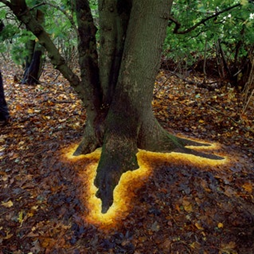
Artist David Nash is well known for being creative with the colors of autumn leaves. He only ever uses natural materials that he finds on the spot—so in this artwork above, we can tell that he has selected the leaves that have fallen from this tree and then carefully arranged them to express the vibrant energy that surrounds it. His work helps us imagine the life force that was previously ex-tended all the way into the tips of the branches and now has retreated back into the trunk.
The verse also describes what is happening in the inner life of the human being. The language is quite dramatic and powerful things are happening: wide horizons opening up inside, the power of thought is growing stronger—sun-like—shining onto life’s mysteries or riddles.
Last week’s verse described a seed-like quality filled with longing and containing strong driving forces. This week, we can see how that has expanded—the seed has sprouted and has created an inner world. In nature, the seeds are hibernating and will sprout in the spring. In the human soul, the seed is already growing!
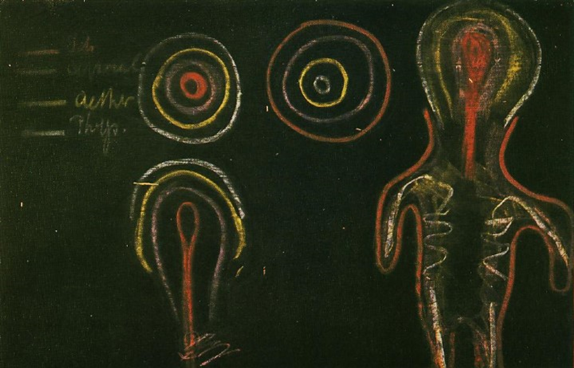
In the Curative Education course, Lecture 5, given on June 30, 1924, Rudolf Steiner describes how the arrangement of the four bodies of the human being can be visualized. This can help us to imagine the changes taking place in the human constitution through this season.

“….I should like to draw for you here a sketch of the human organism, in its totality. That there be no confusion, I will always draw the ego organization red, then the astral organization purple, the etheric organization yellow, and lastly, the physical organization white. And now let us be quite clear and exact in our thinking, and do our best to grasp the matter as accurately as possible. For the human organization is not of such a nature that we can say: There is the ego organization, there the astral organization, there the etheric organization, and so on. We must rather think of it in the following way. Picture to yourselves a being organized in such a way that there is first of all, on the outside, the ego organization (red); then, further inwards, the astral organization (purple), then the etheric (yellow), and then the physical (white). You will have thus a being who shows his ego organization outside, while he drives the astral organization farther in, the etheric still farther in and the physical organization farthest in of all.
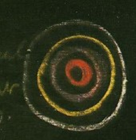
And now, beside it, we will draw a different arrangement, where we have the ego organization right inside (red), the astral organization, as it were, raying outwards (purple); then, farther out, the etheric organization (yellow), and still farther out, the physical organization (white). We have now before us two beings that are the direct polar opposite of one another.
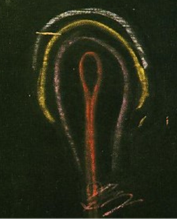
But now, these conditions being given, a change can come about. The configuration of the being I have sketched here may be modified in the following way. Here the physical organization (white) may be fully developed above, while below it is unfinished, left open. Then we can have the etheric organization (yellow), somewhat stronger here be-low than the physical, yet still unfinished. And we can have here the astral organization (purple) coming down more in a sweeping curve; and, finally, the ego organization (red) descending like a kind of thread.
To make the matter still clearer, I will draw this last figure here once again — the ego organization (red), the astral organization (purple), and ether organization (yellow) and the physical organization (white).

And now we will add on to it below, the other being and we will do it in the following way. To begin with, for the ego organization, which is outside… I shall have to show next the astral organization (purple); farther in, the ether organization (yellow); and finally — pushed right inside, as it were — the physical organization (white)…
…this is how things really are in man. In the head organization the ego hides itself right inside, the astral body is also comparatively hidden, while outside, showing form and shape, are the physical body and the ether body, giving form also to man’s countenance. In the metabolism-and-limbs system, on the other hand, the ego is on the outside, vibrating all over the organism in its sensibility to warmth and to touch. Proceeding in-wards from the ego, we have then the astral body vibrating in an inward direction; farther in, it all becomes etheric; and finally, inside the bones, it becomes physical.
We go therefore outwards from ego to physical body in the head organization; the arrangement there is centrifugal. In the metabolism-and-limbs system, it is centripetal; we go here inwards from ego to physical. And the arrangement in the rhythmic system, in between the two, is in perpetual flow and interchange, so that one simply cannot say whether it is going from without inwards or from within outwards. For the rhythmic system is, in fact, half head system and half metabolism-and-limbs system. When we breathe in, it is more metabolism-and-limbs system; when we breathe out, it is more head system. The relationship between systole and diastole is expressed in the fact that the head system is to the limb system as outbreathing is to inbreathing. We carry therefore in us, you see, two directly opposite beings—mediated by the middle part of our organism, the rhythmic organism.”
This description shows the inverse relationship in our constitution between the head and the metabolism/limb system. It shows how we experience our self as an outer ego being in our metabolism and limb aspect, and how we experience our self as an inner ego being in our head aspect.
It also reveals the middle realm, the breathing rhythmic realm as the part head– part limb transitional realm.
This picture of our two types of ego can help us to understand the transitioning time of the year—moving from the experience of being “expanded out” with our external self in the summer, and moving to a “contracted internalized” experience of the self in winter. This is the setting, if you will, for the description at the end of the verse—of something else happening that is quite mysterious:
“And grant fulfillment now to wishes
Whose wings have long been lamed by hope.”
Here is another translation of Verse 28 by Owen Barfield:
I can, with inborn life renewed,
sense my own being’s amplitude,
as radiant thought with power filled,
shed from the Sun-within-the-soul
on life’s perplexities,
to many a wish its true fulfillment brings
when hoping had but paralyzed its wings.
The different translations might help shed some light on this idea, but they all revolve around the three concepts of wish, hope and fulfillment. The wish and its fulfillment are the positive goals. Hope is portrayed as having had a hindering, laming, paralyzing effect.
Our 3rd Year students are working this week with Study of Man, Lecture 4, and the timing is fortuitous as in this lecture, Steiner elaborates the many aspects of the human will and lays them out by placing them into a sequence from more basic or simple to finer or higher levels:
Instinct—Impulse—Desire—Motive—Wish—Intention—Resolution
Here we can see that Steiner regards “wish” as an aspect of will that can develop and progress into “intention.” Perhaps we can also connect “fulfillment” in the verse with the “resolution” aspect of will.
In the setting of the verse, “hope” has a role that is hindering this process by holding back the will from moving onto more “solid ground.”
“For when the human being develops motives, something is sounding quietly in the depths, and this gentle under-tone must now be very, very carefully observed. I mean something that can be faintly heard beneath the impulse of will, but which is still of the nature of will. There is something which always works in the will when we have motives; that is, the wish… I do not now mean the strongly developed wishes out of which the desires are formed, but an undercurrent of wishes that accompany all our motives. They are always present. We perceive this wishing particularly clearly when we carry out something which arises out of a motive in our will, and then we think it over and say to ourselves; what you did then you could do much better… Now the wish can become more concrete, it can take on a clearer form, Then it becomes similar to an intention. Then there is formed a kind of mental picture of how a thing would be done better if it had to be done again. ” Lecture 4, Study of Man
With the awareness of the importance Steiner places on the “wish” and the inner voice that ac-companies it (“what you did then you could do much better”), we can perhaps have a better sense of the need to move beyond being “lamed by hope.”
Steiner is nuanced about this activity and draws a fine distinction in the way that we look back and what we do with. From the same lecture:
“Our efforts will only cease to be egoistic when we do not wish to have done a thing better than we have done it, but consider it far more important to do the same thing better next time. The intention which a man has is the more important thing, not the repentance—the endeavor to do the same thing on another occasion.”
Years ago, I heard this idea presented by Georg Locher at Emerson College. He said that this should be cultivated as a fundamental and underlying soul mood of the Waldorf teacher; that they should take this up as a practice and regularly reflect upon their teaching and ask them-selves, “How can I do it better next time?” He suggests not looking back with too much regret or repentance, but looking forward to the next time with a willingness to try again. Georg was the director of the teacher training at that time, and he was bringing this to the students and future Waldorf teachers. He was recommending that this thought and practice should be taken up as a guide for their development as teachers and as human beings. Keeping this thought close by would be a safeguard, a preventative and a remedy for the many varied challenges that they would meet.
With this practice, we also come closer to the experience of the children in our classes. We build a culture of “not being afraid to make mistakes.” Kristine Deason brought this thought in our Opening Assembly—that, in our teacher training program, we are deliberately cultivating a practice of not being afraid of making mistakes. If, as adults, we bring this blockage from our own childhood and school experiences into the training, we will have to work to let it go—so that we may carry a mood of courage into the classroom and embolden the children, so they are not fearful in their learning process.
I hope this makes sense and, if it doesn’t, I will try again!
Ken
Kenneth Smith
Director, BACWTT
